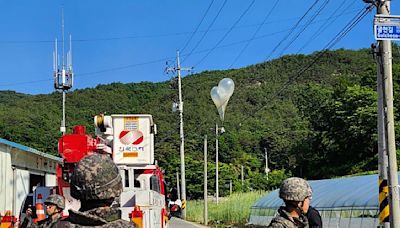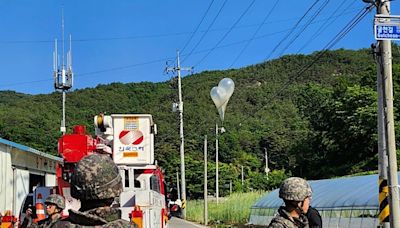Search results
Feb 9, 2018 · Updated: June 25, 2021 | Original: February 9, 2018. North and South Korea have been divided for more than 70 years, ever since the Korean Peninsula became an unexpected casualty of the escalating ...
- Sarah Pruitt
Jul 18, 2019 · Despite being unified off and on for nearly 1,500 years, the Korean peninsula was divided into North and South as a result of the breakup of the Japanese empire at the end of World War II. The precise location of the division, at the 38th parallel latitude, was chosen by lower-level U.S. diplomatic personnel on an ad hoc basis in 1945.
- Kallie Szczepanski
As it occupied the north, the Republic of Korea, in turn, attempted to unify the country under its regime, with the Korean National Police enforcing political indoctrination.: 281–282 As US-led forces pushed into the north, China unleashed a counter-attack which drove them back into the south.
On the following day Soviet troops went into action in Manchuria and northern Korea. General Order No. 1, drafted on August 11 by the United States for Japanese surrender terms in Korea, provided for Japanese forces north of latitude 38° N (the 38th parallel) to surrender to the Soviets and those south of that line to the Americans. Stalin did ...
Formerly a single nation that was annexed by Japan in 1910, the Korean Peninsula has been divided into North Korea and South Korea since the end of World War II on 2 September 1945. The two governments were founded in the two regions in 1948, leading to the consolidation of division. The two countries engaged in the Korean War from 1950 to 1953 ...
The division of Korea into North Korea and South Korea stems from the 1945 Allied victory in World War II, ending Japan's 35-year occupation of Korea. Through General Order No. 1, issued by General Douglas MacArthur, the United States and the Soviet Union were to supervise the surrender of Japanese forces in their sectors, divided by the 38th Parallel, as well as temporarily establish their ...
People also ask
Why was Korea divided into North and South?
What is the difference between North Korea and South Korea?
What happened between North Korea and North Korea?
Why did North Korea invade South Korea?
38th parallel, popular name given to latitude 38° N that in East Asia roughly demarcates North Korea and South Korea. The line was chosen by U.S. military planners at the Potsdam Conference (July 1945) near the end of World War II as an army boundary, north of which the U.S.S.R. was to accept the surrender of the Japanese forces in Korea and ...


